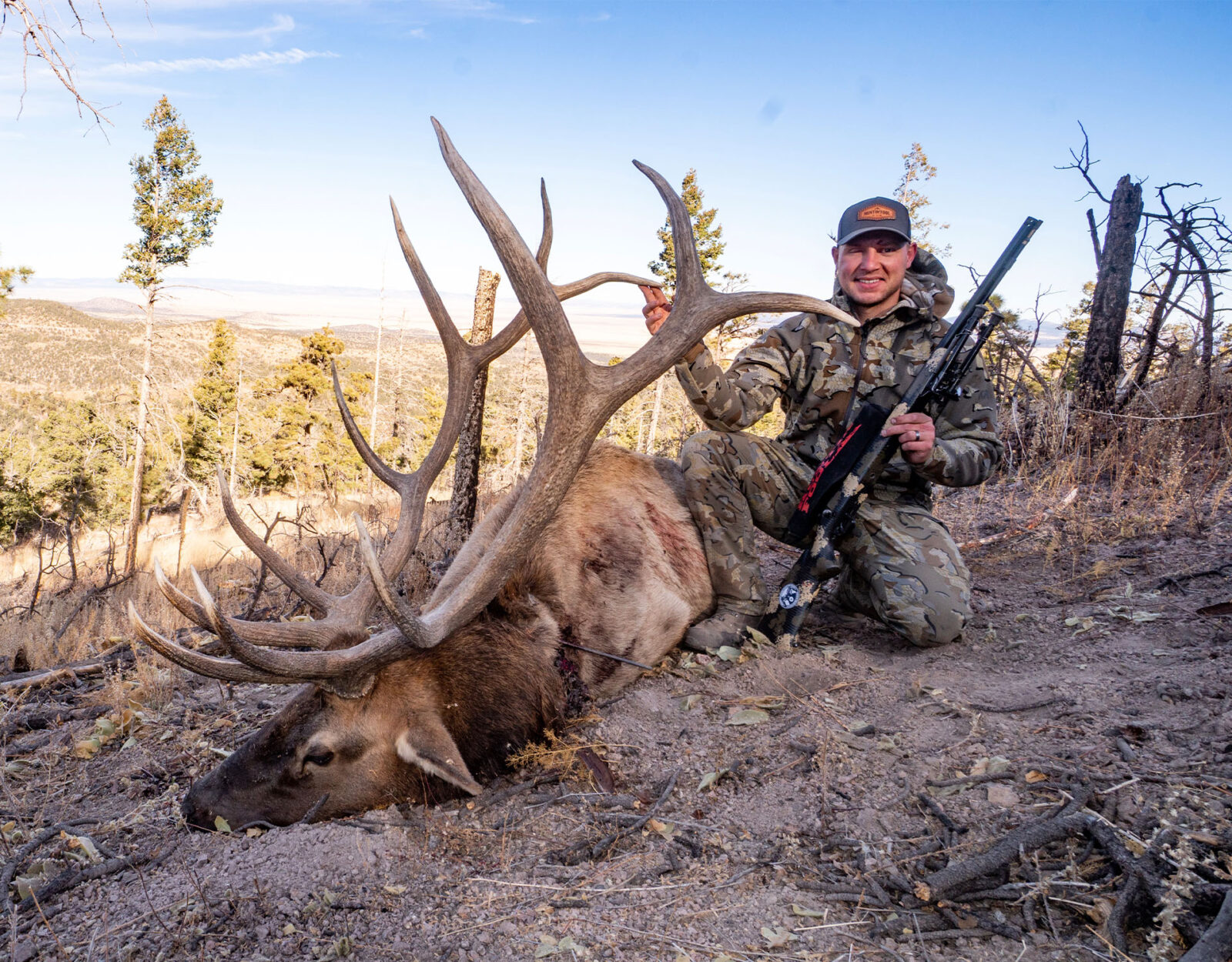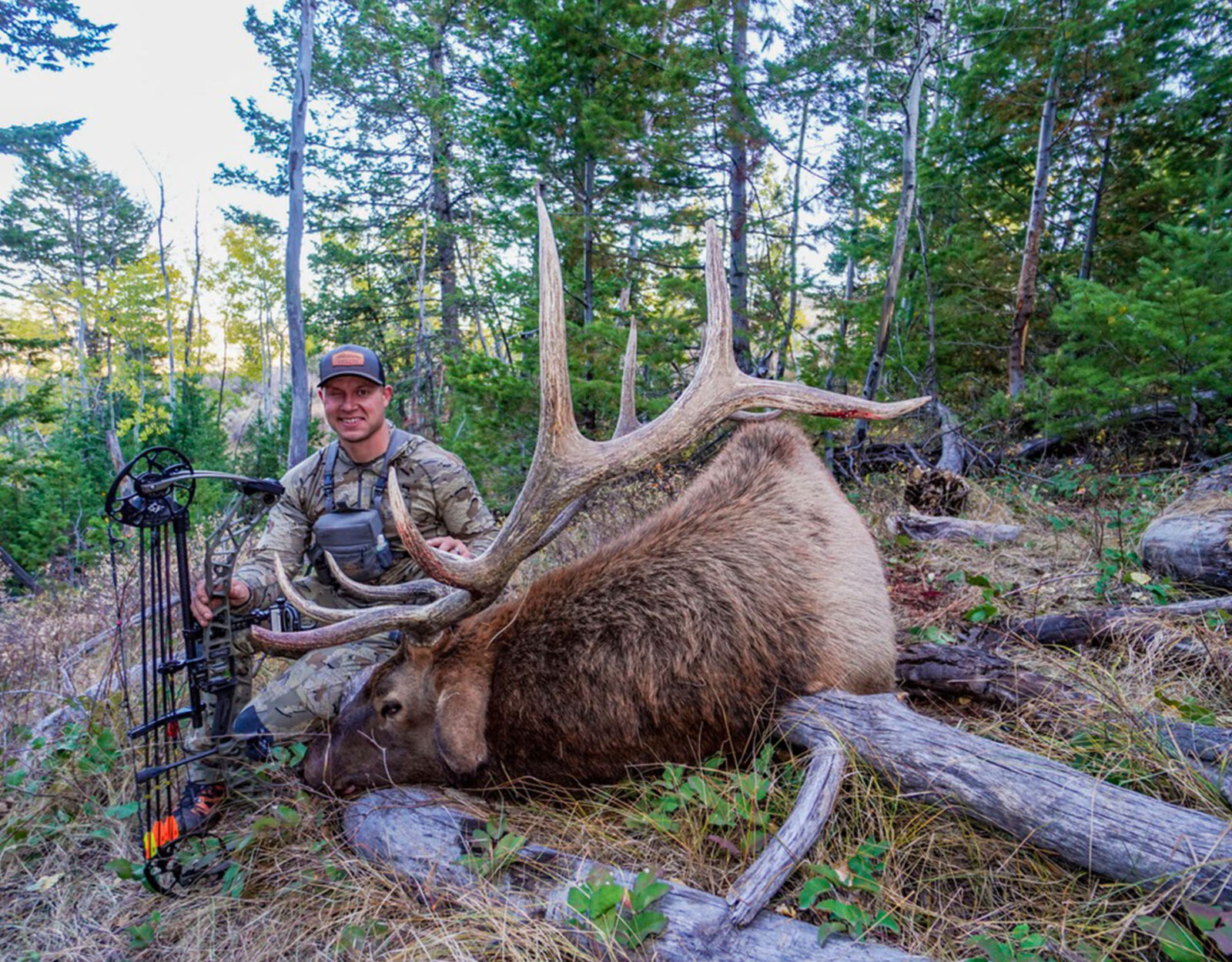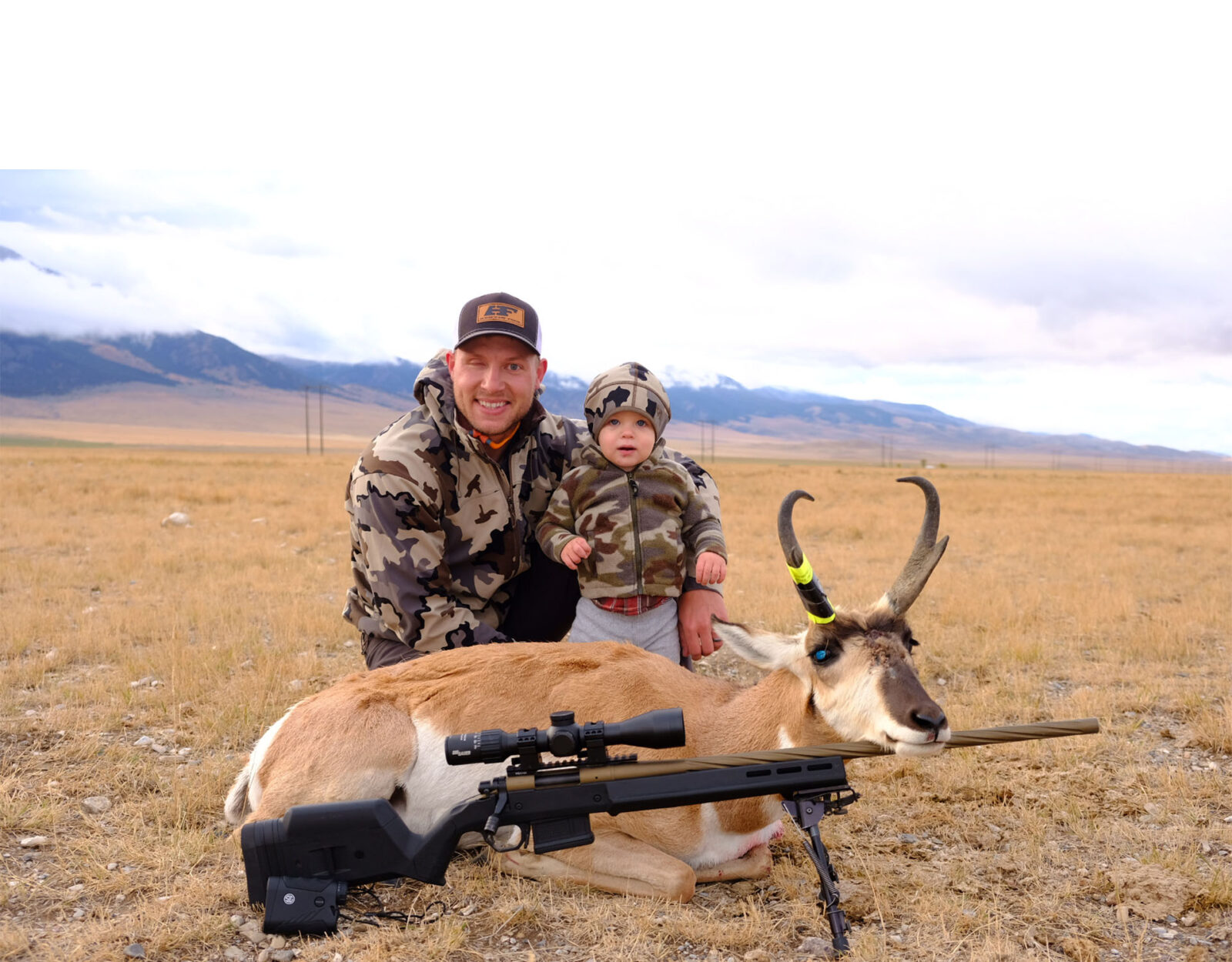Growing up in Montana gave me enough opportunities each year that I never thought of looking at out-of-state hunts. I really didn’t know where to begin, and I figured it was just too hard or too expensive to pick up tags in other states. Eventually, I got to the stage where I wanted to hunt more and have a chance at hunting limited-entry areas.
After very little research, I figured out that there were more options in other states than I could handle each year. I decided to put together a strategy that would allow me to hunt over-the-counter and easy-to-draw hunts every year in multiple states while building points in other states for better units that would take fewer than 10 years to draw.
From a non-resident perspective, there are only a couple of states that offer true over-the-counter tags for deer and elk, and most states require an application for antelope. I leave the states with true over-the-counter tags as a backup in case I’m not lucky enough to pull an awesome tag in the random draw game. Some states require up-front tag fees, some require you to buy a non-resident license before applying, and some just require an application fee upfront.
To build a good short-, mid-, and long-term strategy, I end up spending around $1,000 non-refundable each year in state applications. I know it can be hard to “donate” money each year for the chance at drawing a tag, but it can be worth it, especially if you want to go on some better hunts in your lifetime.
Non-Resident Hunting Tags by State
The following list is not exhaustive, and many additional opportunities exist. However, the information detailed below should get you started on the path to building your own strategy.
Arizona
Arizona requires you to purchase the $160 non-resident hunting licenses to apply for special draw permits. Once you purchase the license, the application for each species costs $15, so it’s worth it to me to apply for all species. I know my chances of drawing the best tags are slim, but they do allocate random tags. If you’re not after the top units in the state for deer and elk, you have a decent chance of drawing a permit within 10 years of applying.
On top of that, Arizona offers some late season archery over-the-counter tags for Coues and mule deer that are worth a look when you’re waiting to draw a better permit. 2023 was the first year there was a non-resident quota for these tags that could only be purchased online, and all 2,890 sold out within three days. The 2024 tag quota went even quicker, with all non-resident tags selling out in less than four hours on November 2, 2023.

Colorado
Colorado is probably the top state in the west most hunters look at when searching for trophy mule deer and over-the-counter elk hunts. To apply in the primary draw, you must buy a small game license and a habitat stamp, which totaled $105.28 this past year for an adult applicant. The reason I do points here is because it is a true preference point state for elk and deer, and they allocate licenses to whoever applies with the most points. Therefore, you can look at the previous year’s draw report and determine when you can draw out in a unit. There are a lot of units in which you can draw for both deer and elk with two to 10 points that offer an above-average hunting experience for archery, muzzleloader, and rifle hunters.
Colorado also has true over-the-counter elk licenses available for the September archery season in addition to second and third rifle season licenses. At the end of the day, you can always pick up a tag and go hunting if your other plans fall through.
Idaho
Idaho is a great state to keep on your radar. You have to purchase a hunting license plus a habitat stamp to apply for any species in the state. Idaho’s draw process for controlled tags is purely random, so you could get lucky and pick up a tag your first year. The deadline to apply for deer, elk, and antelope isn’t until June, so you should know if you have drawn any other tags and decide if you should apply. Beginning for the 2026 season, Idaho has moved its non-resident deer and elk tags to an application and draw process, with applications due in December.
Several of the units that offer general archery tags are a draw for rifle, so you are hunting units that are being managed for better-quality animals. Even several of the better deer units have a general hunt during October but a limited-entry hunt in November. For both deer and elk general tags, you’ll typically be in an area where there is good trophy potential, but the dates or weapon you get make it a bit harder to kill a big buck or bull.

Montana
Montana is my home state, so I will usually hunt it every year due to the native-Montanan licenses I can purchase. There are no over-the-counter licenses available in Montana for non-residents. General licenses for deer and elk must be applied for by April 1st and for antelope by June 1st. The elk and general deer/elk combo took 2.2 points to guarantee you the license in 2023, where the deer-only license drew out at 1.2 points. If you plan on applying the following year, you should purchase the $100 preference point before the December 31 deadline the year prior.
Montana offers a six-week archery season and a five-week rifle season, so it gives hunters plenty of time to harvest. If you are unsuccessful during the archery hunt, your tag can still be used during rifle season in any open general area. There are only a couple of special draw deer units that are even worth applying for in Montana, but the general deer license is good for a majority of the state, and there are millions of acres with all types of terrain across the state in which hunters should be able to turn up a good buck.
If you’re an archery hunter, Montana has several good special draw areas for elk that are worth looking at that only require one to five bonus points. Most special draw rifle elk hunts are tough to draw. For antelope, if you are an archery hunter, you can draw a license almost every other year, and in many units, you can pick up a rifle license that only takes a few points.
New Mexico
New Mexico is a state I apply for every year. I’ve been lucky a couple of times on tags with less than 10% draw odds. There are no points that come into play, so everything is a total random draw with 6% of tags issued to the non-resident pool and 10% to the guide draw. They do require that you front the full cost of the tag, but they have a fast turnaround and will issue a full refund minus your $69 hunting license and $13 application fee for each species.
I typically only apply for elk and aoudad due to the out-of-pocket cost you have hanging out there for the four to five weeks it takes before they draw. There are other states in which I would rather pursue deer and antelope. If you can afford it, there are other species in New Mexico you might consider applying for.

Nevada
Nevada is another state that requires you to purchase a $156 hunting license if you plan on applying to build points or hunt. Once you purchase the license, it’s only $14 per species to apply, except for elk, which is $19. Nevada is more of a long-term state for me as it is extremely hard to draw any of the better tags. If you’re an archery hunter, they have several decent mule deer units you can draw with only a couple of points. Nevada has a random draw process, but they square your points, which gives the high point holders a better chance but no guarantee. They also give you five choices on your application, which they look over before moving to the next applicant, which allows you to spread your choice out over units with high and low demand.
Wyoming
Wyoming is a state that has a wide range of opportunities. If you’re after any of the top units for deer, elk, or antelope, you will probably be applying and building points for several years. However, if you’re an opportunist, you should be able to hunt Wyoming every couple of years for deer and antelope and every few years for elk. Currently, I’ve just been purchasing and building points in Wyoming due to all the other states I hunt each year. It’s one of the states in which I am waiting until I have enough points to draw some of the better units. Once I burn my points, I’ll go back after easy-to-draw units.
Never forget to keep an eye on the winter conditions in Wyoming as they have been wreaking havoc on the deer and elk populations the past two years. Wyoming has also modified the non-resident general elk license that is no longer valid statewide. Beginning in 2024, there will be three regions that a non-resident can apply for in the elk draw. Wyoming also passed legislation that substantially increased the Special License additional fee required upon application. A special elk license will now cost nearly $2,000.
Even though you may be at the bottom of the pile in states with points, you should still have some type of strategy in mind. Like I mentioned, a lot of these states are a random draw, so it’s worth it to have your name in the hat. You will donate a lot of money each year to these states, but one day, it might be worth it. At the end of the day, you have to pay to play, and I know that the thousands of dollars I spend over the years will eventually reward me with experiences that I can’t put a dollar amount on.